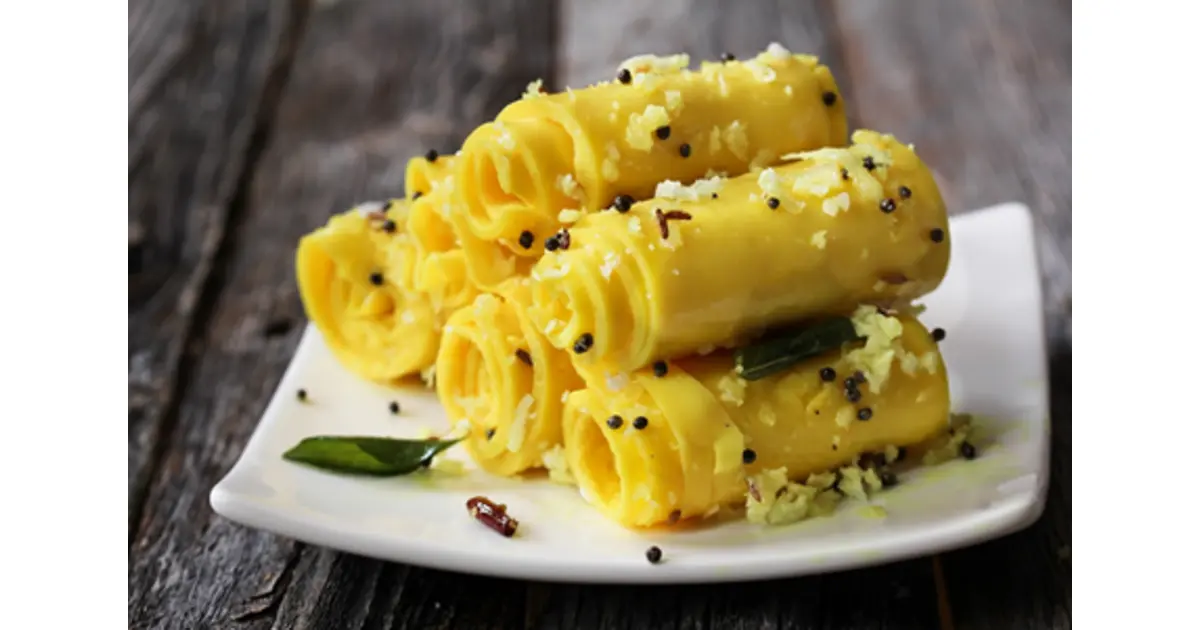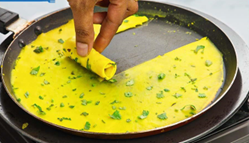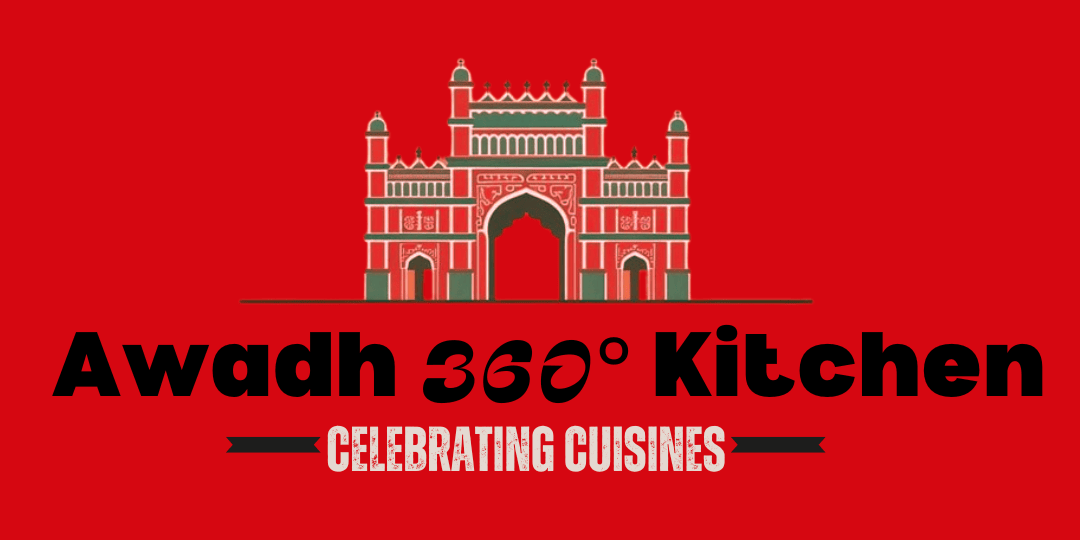
One day, suppose you’re sitting on the bank of a river, reading a book to learn how to swim, enjoying the sunset, having a picturesque view and your energy level is damn high and you just feel like jumping in the river. I know you are almost prepared. I know you have already started the countdown in your mind. Three, two, one, and there you go. Oops!! You’re still there on the bank. How come? What’s stopping you? Oh, now I get it. The book probably didn’t give you enough knowledge of swimming. Or, is it because you did not pay enough attention while reading? I see you without the lifebuoy. Your willingness to take a dip in the sea is gradually diminishing because apparently, you do not have any safeguard. Why am I assuming that you must have reached a point where the sound comes from your mind just to go back home. In another term, it’s called ‘GIVING UP’ also. No one is forcing or threatening you to make a decision albeit you hold on to your feelings. I sometimes wonder why the thought of floating in the water is easier than the effort which will take you to the shore of that river.
I had a similar experience recently. I wasn’t planning to learn swimming or anything but I was so reluctant to make one Gujarati Farsan (snack). Every Saturday we get one newspaper called ‘Kid’s world’ at our home and on the second last page of that newspaper they share some unique recipes for a variety of Indian food. One morning, I picked up the copy and saw this picture:
This was something I had never ever had in my entire life but being Gujju the name of this dish did sound familiar to me. This missile is called ‘Khandvi’ in Guajarati's’ kitchen. The other day I was talking to one of my friends about this food. I showed her this picture and I was astonished by the fact that she already knew about this Gujarati cuisine but in West Bengal, they call it ‘Patindri’. In one of the western states of Gujarat, Surat, people have named this dish ‘Dahivadi’.
The process of making Khandvi is definitely challenging and burdensome. It is as difficult as to start swimming by only reading a book or just watching a video online. So, what’s the solution? Step into the river, right? One day I also endeavored to improve my culinary skills and guess what? Khandvi turned out to be exactly like mango ice cream. I always believe in a second chance; I mean you will have to when you fail for the first time. Your disheartened chef pulled up her socks again after getting an undesirable outcome which eventually panned out well this time. I learned an amazing lesson that day to not keep the hopes too high when you’re on a new venture because sometimes it makes you feel obnoxious.
I am yet to take you on this adventurous journey, right?
Ingredients
1 cup Gram flour
1 cup Curd
2 Tsp puree of Ginger and green chilli
Salt
Turmeric
2 Tsp Oil
1 Tsp mustard seeds
1 Tsp cumin seeds
4–5 curry leaves
2 Chopped green chilies
2 Tsp grated coconut (Optional)
1 bowl of Coriander leaves
Take one cup of gram flour and 1 cup of curd in a cauldron. Add two cups of water to it. Start mixing flour and curd till you make it into a thin batter. After a while, you will have to add a pinch of salt and half a tablespoon of turmeric considering the amount of batter that you have. Khandvis are not supposed to be spicy but it has to be mouth-watering, for that you can add 2 tsp ginger chilli paste. (You can make fine puree of ginger and chilis either separately or combinedly in a mixture) you have to keep whisking it with the help of a spatula or a whisk. Now the puree needs to be cooked slowly over a very slow flame. Once the vessel is heated, you are bound to keep mixing the puree. There is no alternative or timesaving method to cook khandvi. Your hands will get tired but you can’t stop using them.
Cooked Khandvi batter would resemble this particular way.

It’s actually a time-consuming process and you have to be cautious enough to make sure to not have lumps in the batter. Once the batter is cooked you can’t leave it for even 10 seconds. The consecutive step is to take a stainless-steel plate and grease oil on it. Take one good quantity of batter with the help of a flat spatula and spread it on the top side of the plate. Make it as thin as possible. You can use a knife instead of using spatula as an option. Let it dry for 5 to 10 mins.

After a 10 minutes break, you will have to cut the layer in an approximately 1.5–2 inches distance just like a long ribbon.

The layer will automatically start to leave the edges. You have to gradually roll them tightly and make sure to not break the shape of the fragile khandvis. Generally, people put the stuffing on the layer but I would suggest not considering the softness of the khandvi.
One last step is how to make stuffing (In Gujarati, we call it Tadka) for khandvis. Take a frying pan and heat up 2 tsp of oil. Add mustard seeds, cumin seeds, green chillies, curry leaves, and toss them for 5 seconds maximum. Add grated coconut at the end and don’t let it cook. You can turn off the flame. You just have to sprinkle this tadka on top of khandvis.

It’s magic. All you have to do is just to start. Don’t hesitate to swim to shore rather than just staying on the shore.

